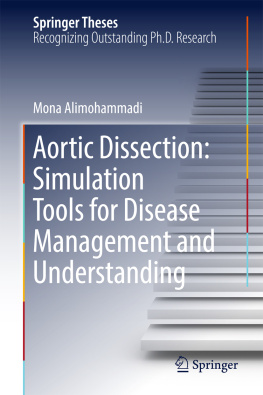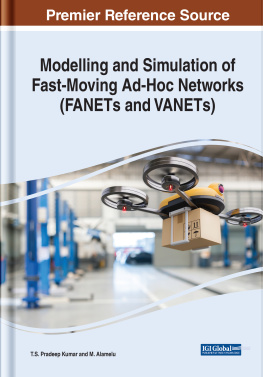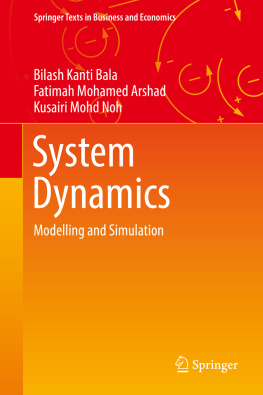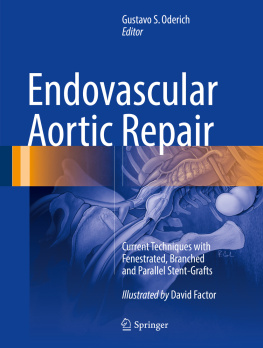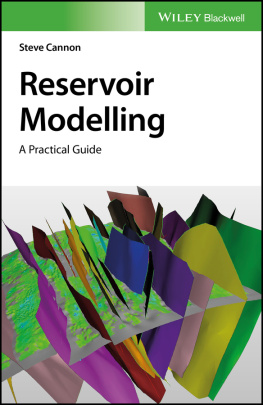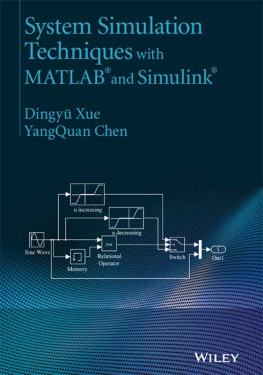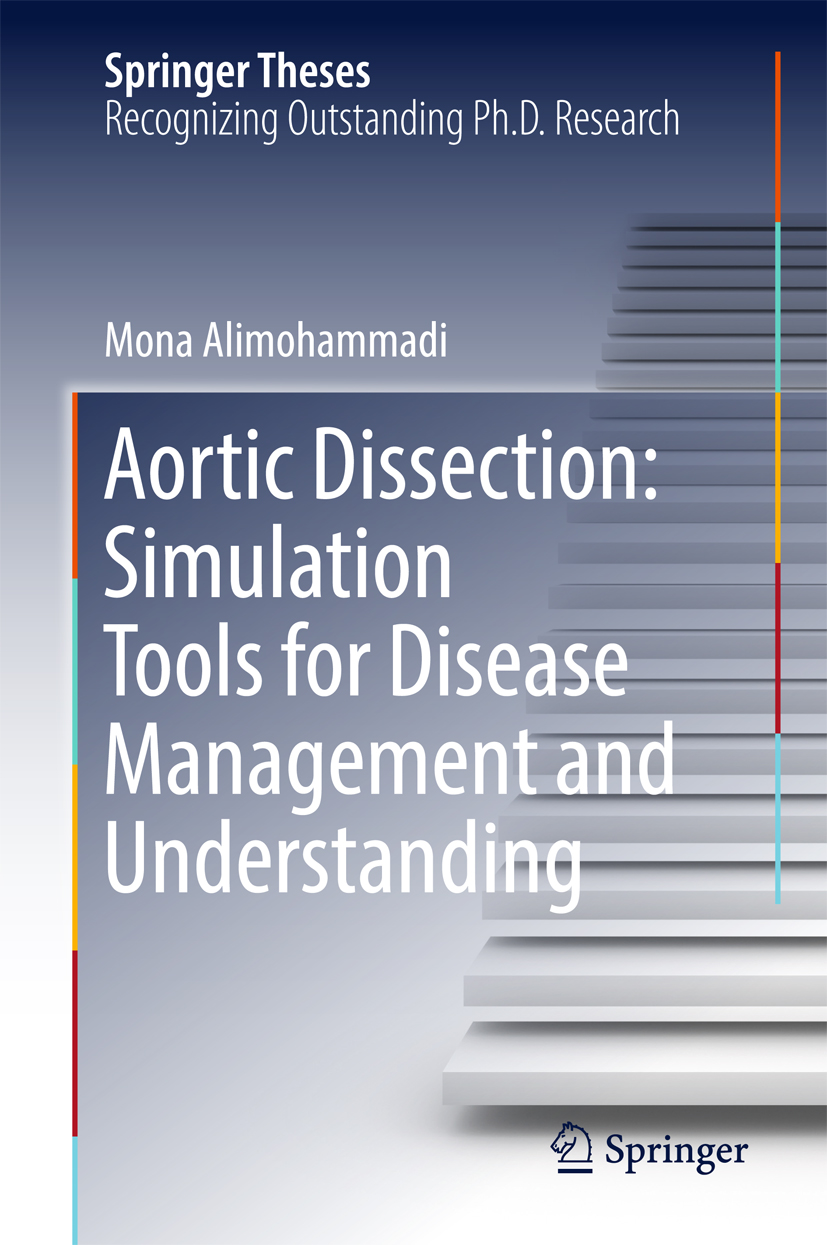Springer Theses Recognizing Outstanding Ph.D. Research
Aims and Scope
The series Springer Theses brings together a selection of the very best Ph.D. theses from around the world and across the physical sciences. Nominated and endorsed by two recognized specialists, each published volume has been selected for its scientific excellence and the high impact of its contents for the pertinent field of research. For greater accessibility to non-specialists, the published versions include an extended introduction, as well as a foreword by the students supervisor explaining the special relevance of the work for the field. As a whole, the series will provide a valuable resource both for newcomers to the research fields described, and for other scientists seeking detailed background information on special questions. Finally, it provides an accredited documentation of the valuable contributions made by todays younger generation of scientists.
Theses are accepted into the series by invited nomination only and must fulfill all of the following criteriaThey must be written in good English.
The topic should fall within the confines of Chemistry, Physics, Earth Sciences, Engineering and related interdisciplinary fields such as Materials, Nanoscience, Chemical Engineering, Complex Systems and Biophysics.
The work reported in the thesis must represent a significant scientific advance.
If the thesis includes previously published material, permission to reproduce this must be gained from the respective copyright holder.
They must have been examined and passed during the 12 months prior to nomination.
Each thesis should include a foreword by the supervisor outlining the significance of its content.
The theses should have a clearly defined structure including an introduction accessible to scientists not expert in that particular field.
More information about this series at http://www.springer.com/series/8790
Mona Alimohammadi
Aortic Dissection: Simulation Tools for Disease Management and Understanding
Doctoral Thesis accepted by University College London, London, UK
Mona Alimohammadi
Department of Mechanical Engineering, University College London, London, UK
ISSN 2190-5053 e-ISSN 2190-5061
Springer Theses
ISBN 978-3-319-56326-8 e-ISBN 978-3-319-56327-5
https://doi.org/10.1007/978-3-319-56327-5
Library of Congress Control Number: 2017935830
Springer International Publishing AG 2018
This work is subject to copyright. All rights are reserved by the Publisher, whether the whole or part of the material is concerned, specifically the rights of translation, reprinting, reuse of illustrations, recitation, broadcasting, reproduction on microfilms or in any other physical way, and transmission or information storage and retrieval, electronic adaptation, computer software, or by similar or dissimilar methodology now known or hereafter developed.
The use of general descriptive names, registered names, trademarks, service marks, etc. in this publication does not imply, even in the absence of a specific statement, that such names are exempt from the relevant protective laws and regulations and therefore free for general use.
The publisher, the authors and the editors are safe to assume that the advice and information in this book are believed to be true and accurate at the date of publication. Neither the publisher nor the authors or the editors give a warranty, express or implied, with respect to the material contained herein or for any errors or omissions that may have been made. The publisher remains neutral with regard to jurisdictional claims in published maps and institutional affiliations.
Printed on acid-free paper
This Springer imprint is published by Springer Nature
The registered company is Springer International Publishing AG
The registered company address is: Gewerbestrasse 11, 6330 Cham, Switzerland
To my parents
Supervisors Foreword
The Ph.D. thesis of Mona Alimohammadi describes a new paradigm in cardiovascular interventional planning using aortic dissections as an exemplar.
Aortic Dissection (AD), is a rare, life threatening cardiovascular disease. The thesis focuses on type-B aortic dissection, which affects the descending aorta and is associated with a large number of complications, such as vessel wall rupture, thrombosis or malperfusion. These are patient-specific and preclude a one-fits-all treatment approach. Clinical decisions regarding diagnosis, management and treatment of AD are incredibly difficult; aortic dissection is not diagnosed on its initial presentation in 1543% of cases. Initial management of diagnosed or highly suspected acute aortic dissection focuses on pain control, heart rate and then blood pressure management, and immediate surgical consultation (typically by considering whether or not stenting the upper tear). It is an ever-increasing problem; when the condition is identified, therapy is driven by a set of key principles and plagued by a number of management pitfalls.
To aid clinicians to tailor treatment to individual patient needs, additional information on the haemodynamic environment in the diseased aorta is required, which is not readily available from routine clinical tests. However, combining routine clinical data such as CT scans and pressure measurements with computational modelling can provide a powerful tool to evaluate the efficacy of various treatment options and aid clinical decision making, as this thesis demonstrates.
The thesis makes three key contributions to this modelling paradigm: (1) appropriate definition of patient-specific boundary conditions, based on routine clinical data and Windkessel models, (2) demonstration of a virtual surgery approach to treat aortic dissection and (3) the first simulations of aortic dissection considering the influence of vessel wall motion and intimal flap dynamics on the haemodynamics of the disease.
The study provides a strong foundation for further developments in the field and represents a significant step towards personalised medicine. Mona was awarded the IMechE Best Medical Engineering Thesis Prize for this work, and we are very pleased to see the thesis being published in the Springer theses series.
Dr. Vanessa Diaz
Dr. Stavroula Balabani
London, UK
March 2017
Acknowledgements
I was lucky enough to have two excellent supervisors to whom I am indebted.
I would like to sincerely thank Dr. Vanessa Diaz for accepting me as her Ph.D. student and it has been a privilege to work with her during the past four years. She has always been generous with her time, and greatly motivated me to work in this fascinating field of physiological modelling. She supported me selflessly and gave me confidence when I needed it during critical times. Her guidance and forward thinking always kept me on track. I will always be grateful to her for introducing me to dynamic boundary conditions and the wonders of FORTRAN.
I would like to give my gratitude to Dr. Stavroula Balabani for her co-supervision. She has been exceedingly patient, kind and supportive of my work, and enthusiastic about exploring new ideas. Her lectures and our many discussions during this project have developed my love for fluid dynamics. I am continually amazed by her ability to recall specifics of papers and the fastidiousness of her reviewing approach. I am privileged to be her first female Ph.D. student.

